-
Posts
765 -
Joined
-
Last visited
-
Days Won
6
Content Type
Profiles
Forums
Gallery
Posts posted by SantaMonica
-
-
Successes of the Day:
Johnt on the UR site: "I feed heavy and don't do water changes, so there's quite a bio load to balance; since adding the scrubber I've stopped using phosphate remover, and levels remain low and the water appears clearer, but I think the biggest difference has been how clean the tank looks despite being set up close to five years."
tarraza on the algae scrubber site: "the only thing that i can tell you guys is that this is my 5 months that I have NOT change any water in my 30 gal salt watwer tank full of hard corals, soft corals etc. For more than 8 YEARS i spend a LOT of money on additives to eliminate nitrates above 30ppm, phophate way over 20 not to mention water change every other week just to get partial results. Now I do not even test for nitrates, phopate, I only test one in a blue moon for calcium, ph, and alk. My filtration for this tank is a ACUACLEAR 110 FILTER ON THE BACK OF MY TANK WHITH MY VERSION OF ALGEA SCRUBBLE (of course whith ALL the ADVICES FROM ST. MONICA in). People KEEP IT SIMPLE. THIS SYSTEM REALY WORK.
cyberseer on the algae scrubber site: "YEAH!! Tested this morning coz i was bored, got a 0 NO3 reading, had to double and triple the test, to confirm that I wasn't dreaming/sleep walking/imagining things. Like that presentation says, this has got to be one of the happiest days of my life in this hobby/dark hole. Also, I can answer my question per title of this thread now. It took 50 days to see effect (could be sooner, but I didn't test for like a week and half before yesterday) and 51 days to result.
 What a beautiful day it is, no rain, and no NO3. No skimmer for almost 4 weeks. No water change for 2 weeks. Feed 2x a day for the fish, 1 cube a day for the fish and softies. BTW, changed a bigger CFL on 2/16/09, it's now a 65W with output of 300w. Big difference in growth."
What a beautiful day it is, no rain, and no NO3. No skimmer for almost 4 weeks. No water change for 2 weeks. Feed 2x a day for the fish, 1 cube a day for the fish and softies. BTW, changed a bigger CFL on 2/16/09, it's now a 65W with output of 300w. Big difference in growth."brianhellno on the MFK site: "I've had a scrubber set up on my Piranha tank for a few months now and Nitrate has been zero every time I've tested it. At first the scrubber grew huge amounts of this brown grease-like algae, and now it just has a slow steady growth of solid green. I clean it about once a week or whenever the green algae starts to look like its getting a little too dense. I wanted to test the ability of the scrubber to see how well it handles a worst case scenario. I didn't change out the water for a week (the longest ever) and I left in uneaten food that made its way to the bottom of the tank. At the end of the week 0 ammonia 0 nitrite and only 5 PPM Nitrate. Simply amazing. I'm not quite sure why I change the water out anymore."
-
Ok the minimum screen size then should be 180 square inches, maybe something like 12 X 16. But all would need to be covered in flow. You'll need at least two of these:
http://www.buylighting.com/23-Watt-R40-Com...p/tcp1r4023.htm
But because of the small screen size, and lack of flow, I'd compensate by getting two of these:
http://www.stealthhydroponics.com/product....d=58&xSec=3
If you keep the small screen, it will need to be cleaned every 2 or 3 days because it will fill up so fast.
-
It's good that you are giving it a try

However you will need to make some changes in order for it to work. By the way, you have plenty of room for a correctly-sized vertical scrubber, fed by the overflow, to be placed in there. I've seen them placed in much smaller areas.
Anyways...
1. From your youtube video it looks like you have about a 55g tank. If so, you need about 110 square inches (one sided) of screen, which it looks like you have. But the water needs to be flowing fast and heavy across all parts of the screen, or else those parts don't count. So try to add up how much area of the screen has strong flow and see if it is two times the gallons of your tank. Try to spread the flow out so it covers the whole area, using some kind of deflector attached to the end of the pipe.
2. Cutting board is not a good material, because it is designed to be slippery (so food will not stick). Solve this by laying a sheet of plastic canvas on top of it.
3. Remove the sock. It is going to cause algae to grow on the sock, and will then stop the flow. Besides, you don't want any socks/foam/floss in your system, because they stop food from getting to your fish/corals.
4. Your light will not work. Needs to be much stronger, much more near the screen, pointed to the middle of the screen, and not blocked by the overflow pipe. If you are going to have the pipe down low like it is now, you will probably need a light on both sides, so there are no dark areas.
So just a few changes and you are good to go....
-
No painting. Use the screen as is.
-
Ray is asking about the color of the screen material. Does not matter as far as growth goes. But white is easier to see early growth, and bald spots.
-
Part 5 of 7:
"The Food of Reefs, Part 5: Bacteria" by Eric Borneman
http://www.reefkeeping.com/issues/2003-01/eb/index.php
"Given the enormous bacterial biomass in all ecosystems, it should be of little surprise that [bacteria] are food for something, if not many things. Bacteria, being composed of living material, contain a relatively large amount of nitrogen, an element in very short supply in coral reef waters.
"The biomass and productivity of bacteria on [natural] coral reefs are as great as those in nutrient-enriched (or eutrophic) lakes, and up to a hundred times greater than in the open ocean. Planktonic bacteria in coral reefs [..] have filamentous processes to allow them to absorb and consume dissolved organic molecules [DOC].
"In virtually all studied marine environments, bacteria are water purifiers, decomposers of organic material, and a primary source of protein for both those animals that directly graze on them and those that acquire them indirectly through secondary consumption.
"Given the importance of bacteria as a food source in marine ecosystems, it might not be surprising to learn that they are also a primary food source for corals. It has been found that bacteria alone can supply up to 100% of both the daily carbon and nitrogen requirements of corals. All corals studied consume dissolved organic material [DOC], bacteria, and detrital material [waste].
"Bacteria not only provide carbon and nitrogen for the [coral] polyp, but also provide an important source of phosphorous for the zooxanthellae, in addition to other elements such as vitamins and iron.
"Bacteria exist in very high diversity and biomass in the marine environment, and especially on coral reefs and on coral surfaces. They play critical roles in virtually all ecological processes that control reefs, and are a major component of food webs. Corals feed on bacteria at levels and efficiencies that rival all other bacterial consumers.
-
Well 43 ml per day was too much for the scrubber to handle by itself. I was cleaning over a pound of algae from the scrubber each week, but it was just not enough (this scrubber was just sized normally, and with only one screen.) My ultra low phosphate situation ended quickly, and I started getting a light pastel blue in the Salifert phosphate test (nitrate stayed clear, however.) So now it's back down to 28 ml per day, and dosing is now every 10 minutes. I also put some gfo back in to speed up the recovery.
I must say that the increased food did seem to speed up the growth of the digitaga, stylaphora, birdsnest and superman. The tubastreas and goniporas are happy as always. The white dendronephtha is not so well; I either started the increased food too late after putting the coral in, or I have the wrong food, or it was just not enough food. Could be flow too, off course. But it's starting to hang and not inflate. No change in the scleronephthya... still partially open. I'm going to move it to a lower flow area. The dark purple gorg did not make it. It was not receding or growing algae, but it completely stopped opening, so it was just a matter of time.
For nephthas and nps gorgs, I'm going to try just getting many small ones of the same type, and putting them in different places. That should help identify flow problems, since food is constant throught the tank.
One big nice thing is not having to feed the fish anymore. Every 10 minutes they are chasing the food that is coming out of the tube.
-
Yes as long as it's lit on both sides.
-
Wolfpak on the RP site:
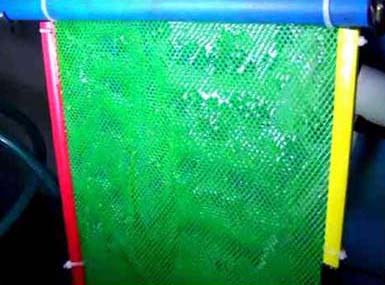
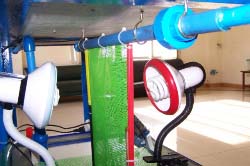
End pics
-
SoCalJim on the MD site:
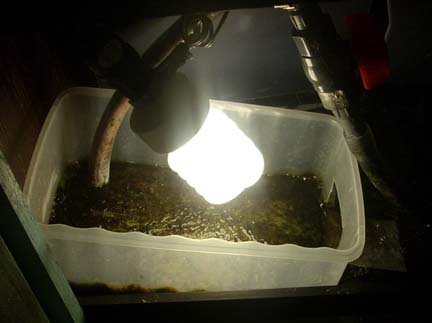
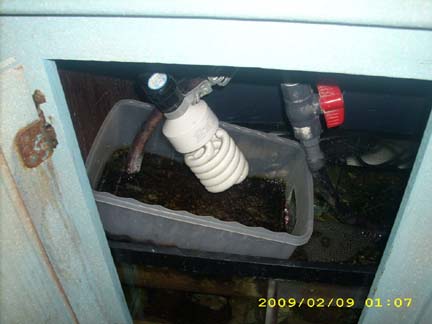
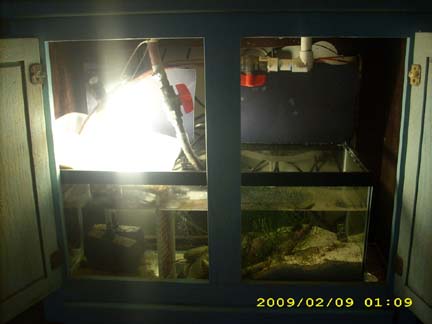
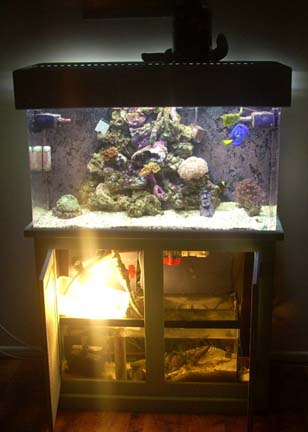
Spanko on the SWF site:
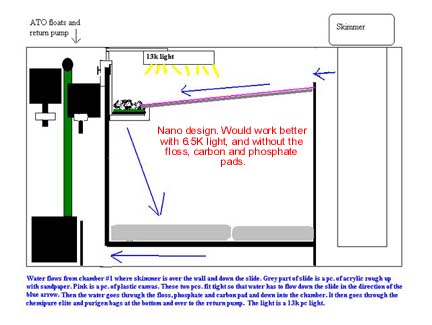
Stevenkoh08 on the SRC site:
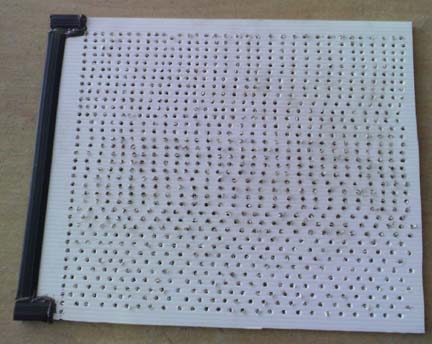
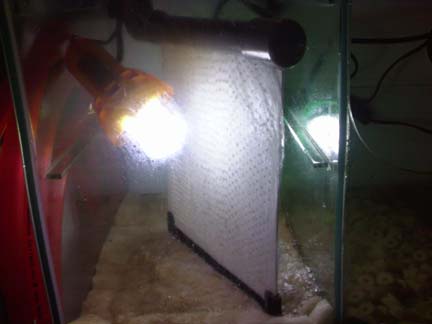
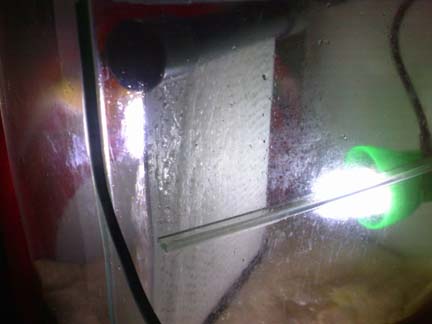
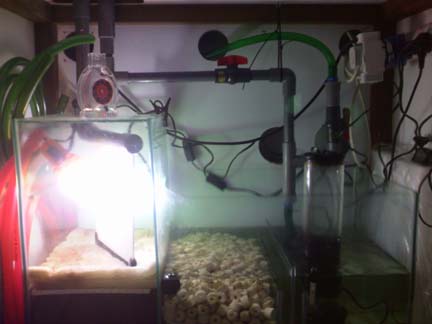
Weylin on the MFK site:
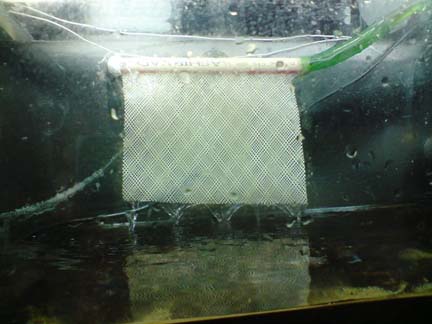 190
190 -
SaltCritters on the TR site:
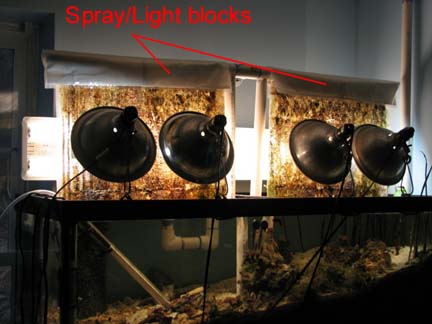
Scruffels on the MASA site:
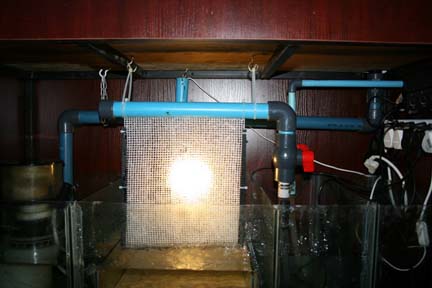
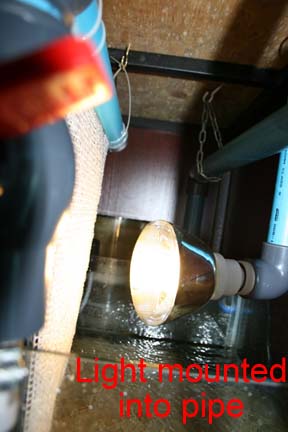
Sean48183 on the SWF site:
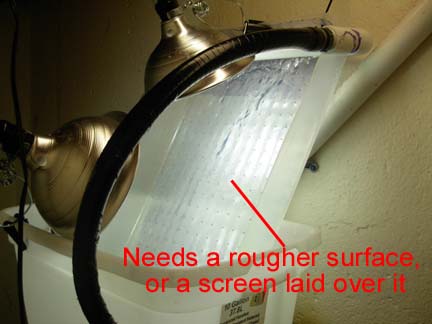
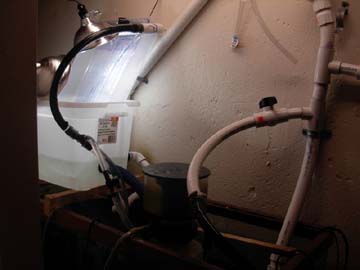
Sims on the SARK site:
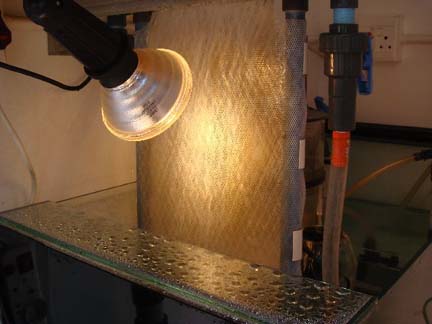
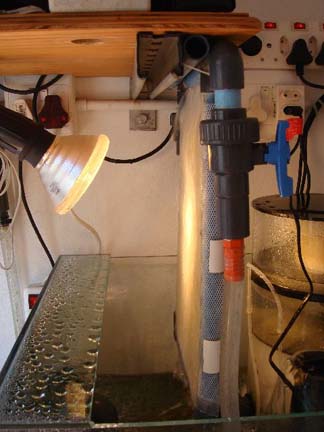
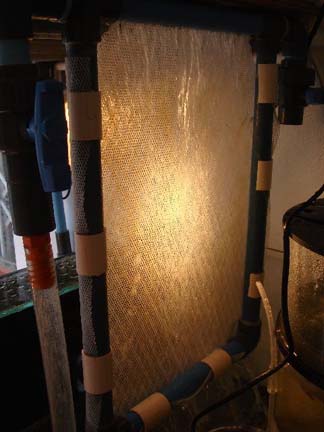
Skunkbudfour20 on the RC site:
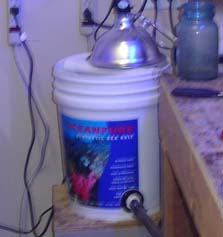
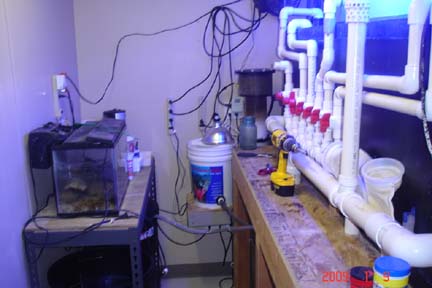 180
180 -
Oil_Fan on the FL site:
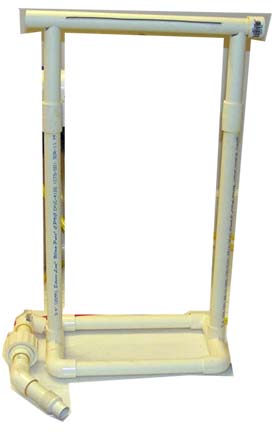
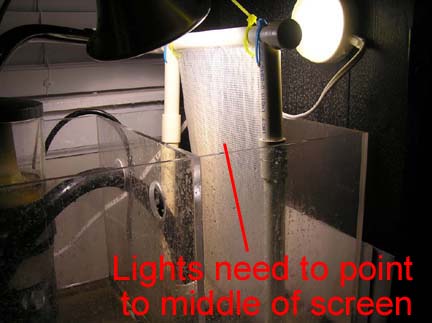
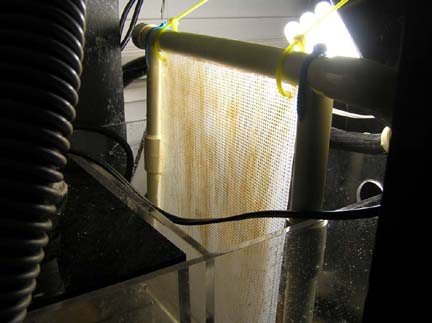
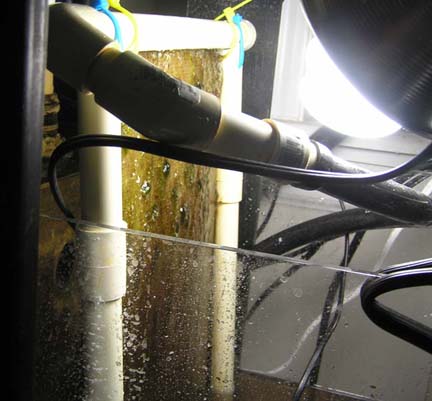
Reefski on the MD site:
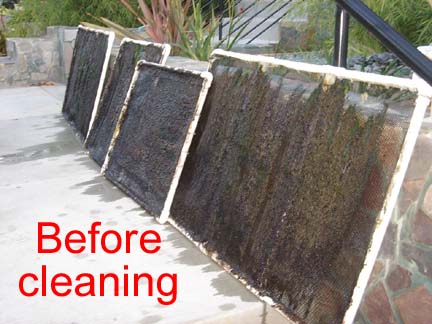
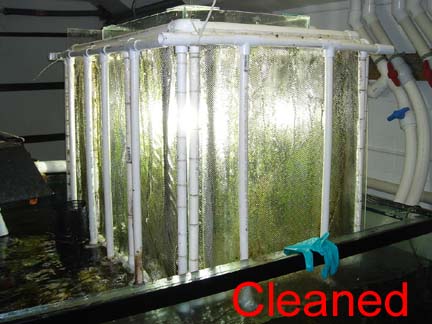
RentalDeceptionist on the UR site:
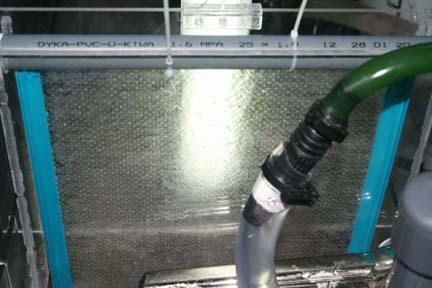
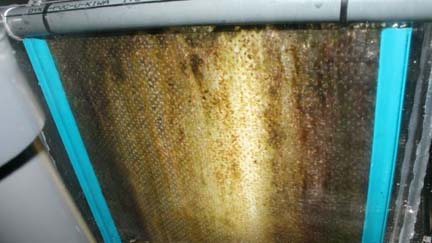
Riaanp on the MASA site:
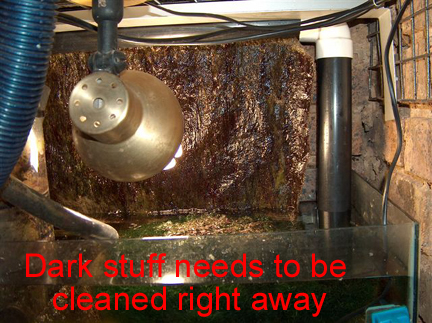
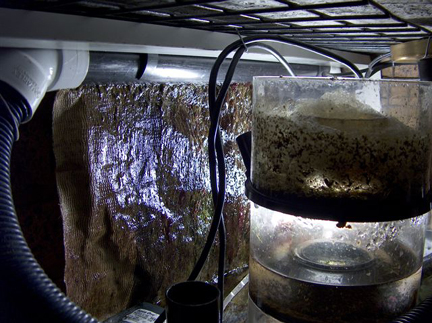 170
170 -
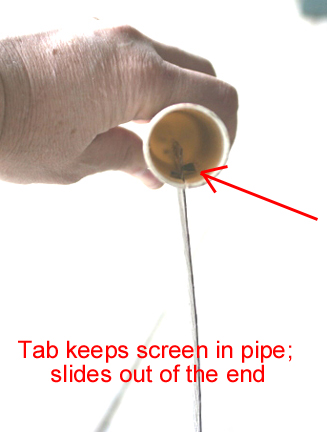
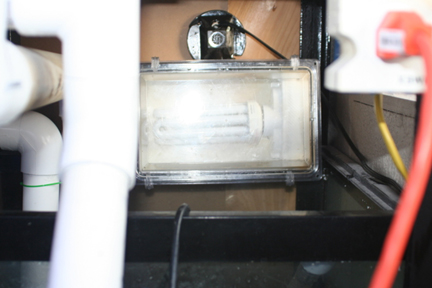
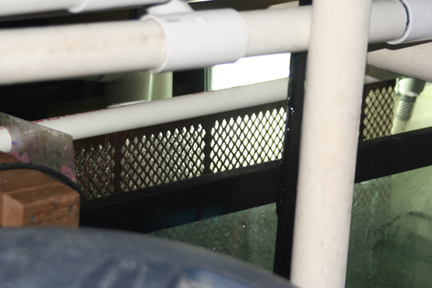
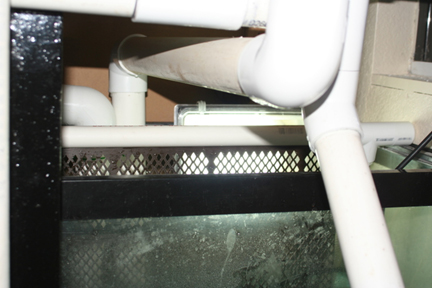
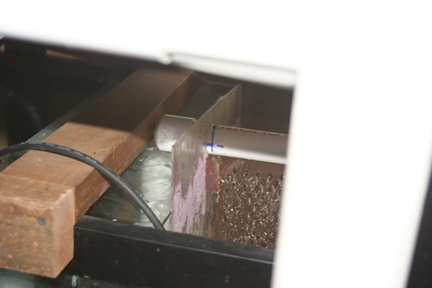
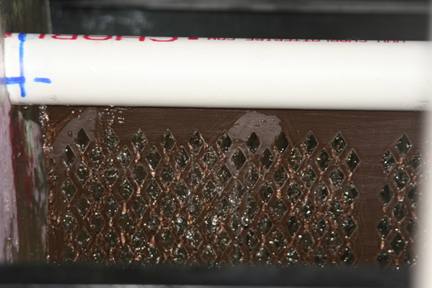
NM983 on the algae scrubber site:
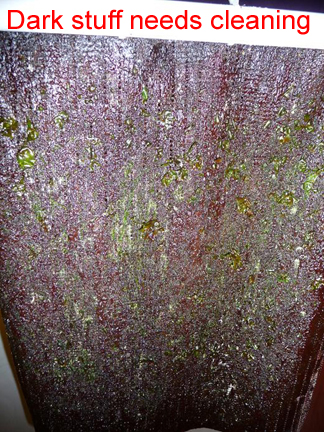
OceanParks on the MFT site:
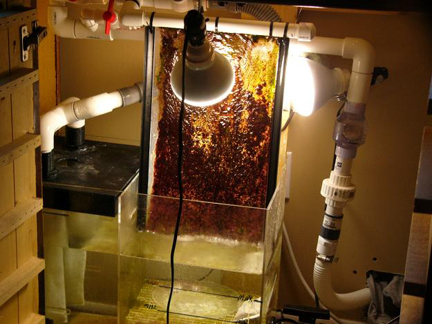
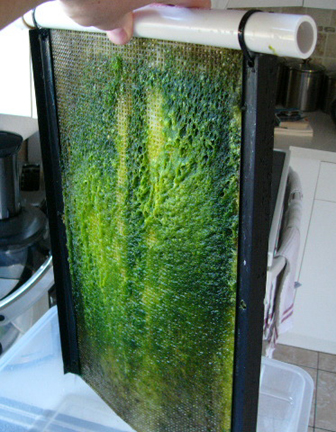
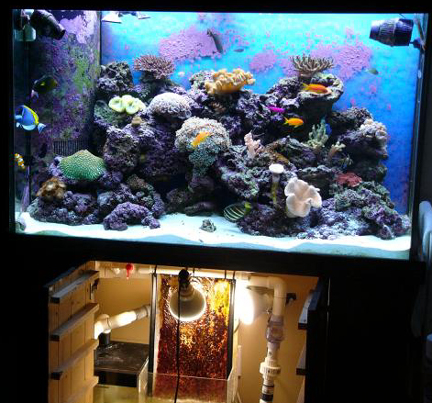 160
160 -

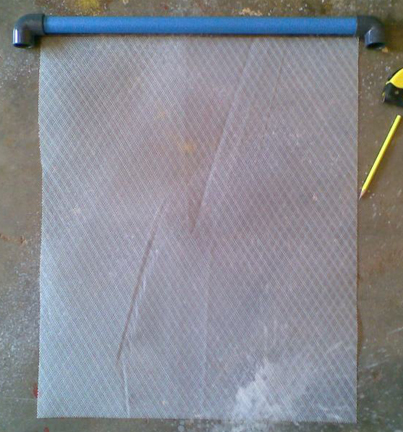
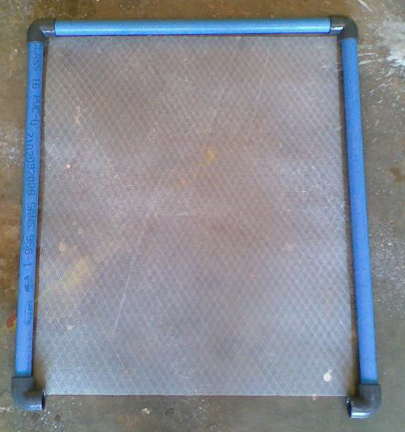
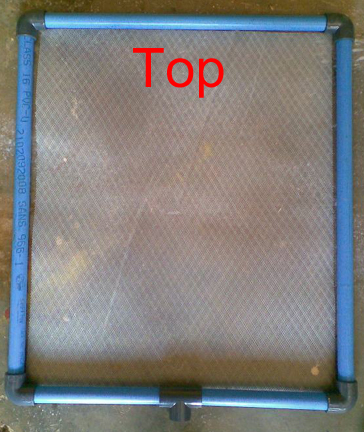
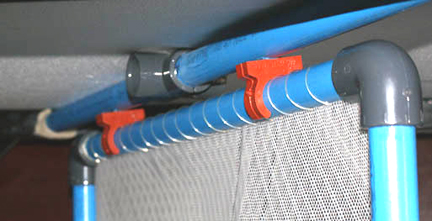
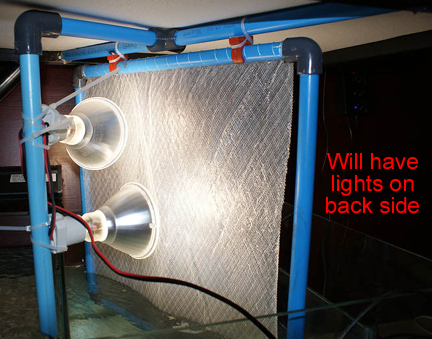
Murfman on the SCMAS site:
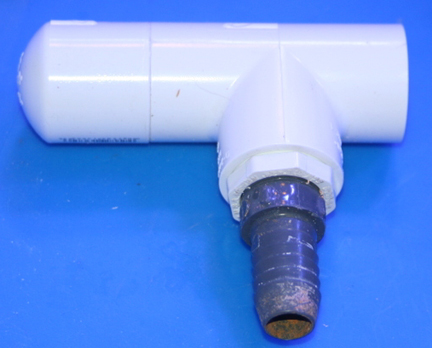
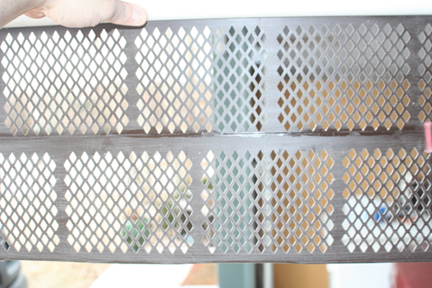

 150
150 -
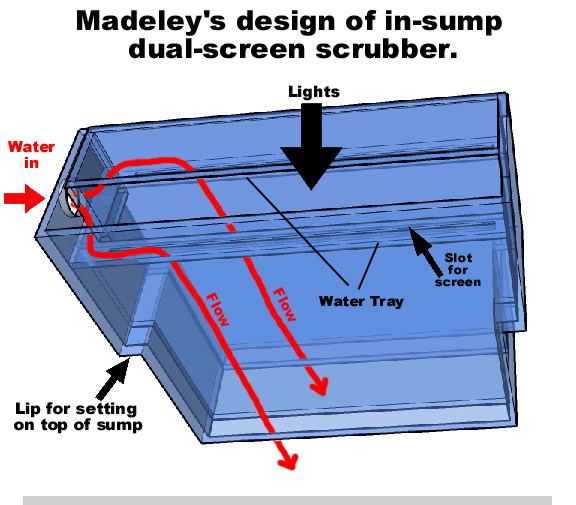
Majorjoey on the FR site:
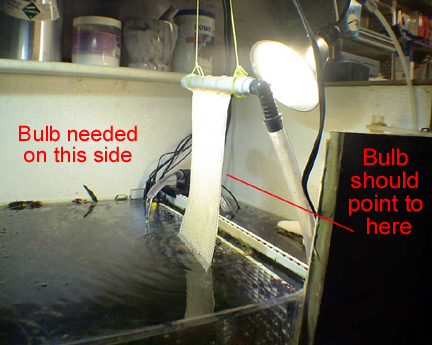
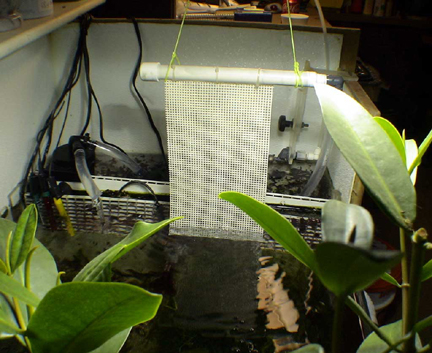
Manuelink on the spanish AR site:
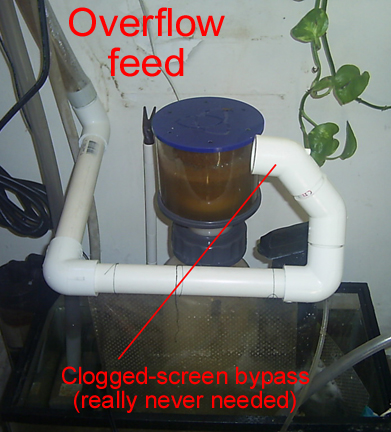
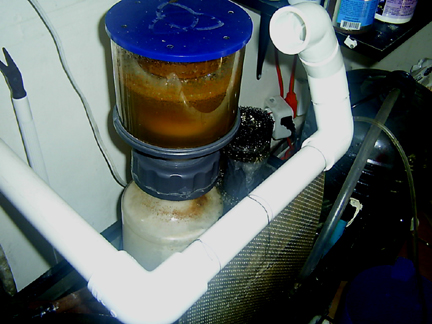
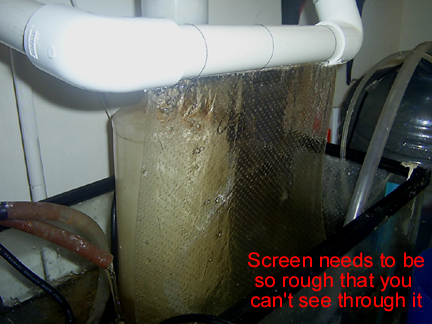
MikeBushie on the MASA site:
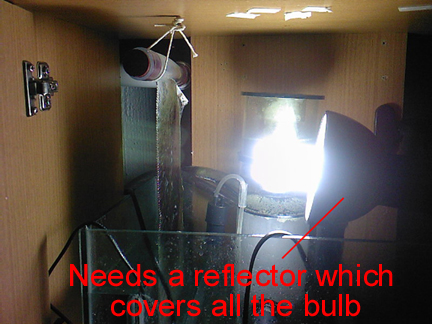
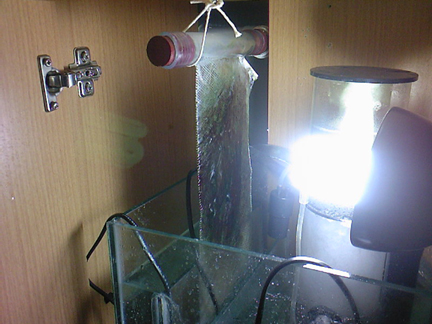
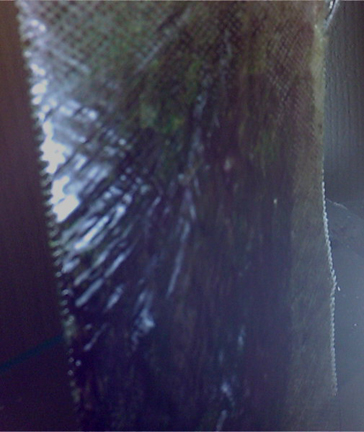
MJM on the SARK site:
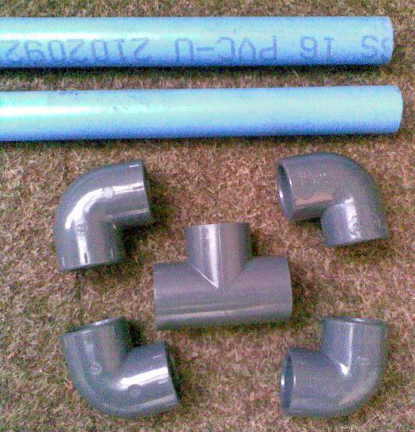 140
140 -
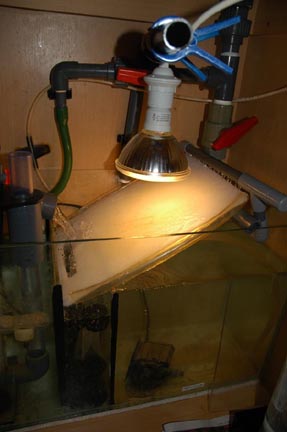
Khawyc on the MD site:
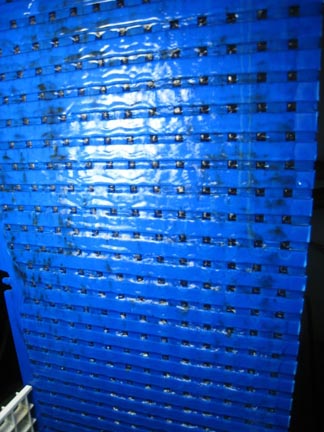
Lance126 on the RP site:
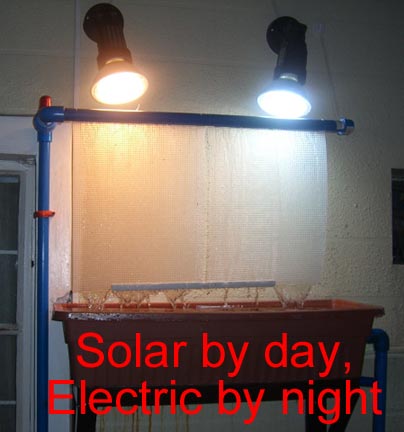
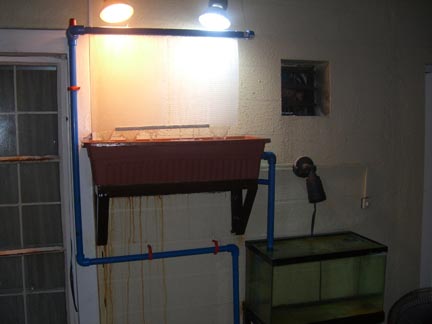
Leochngyh on the MD site:
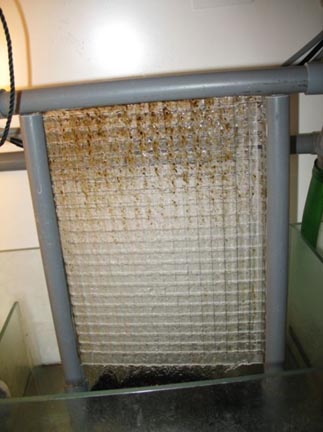
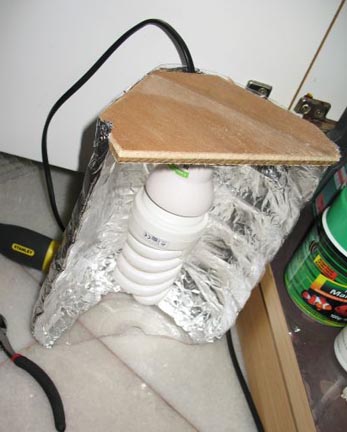
LethargicCoder on the MB site:
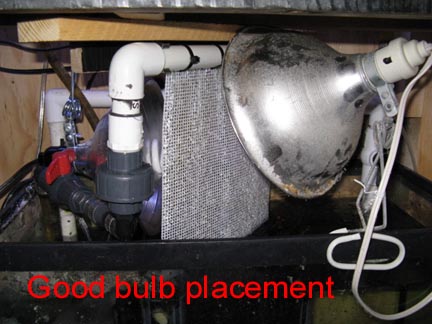
Lxa783 on the RASOC site:
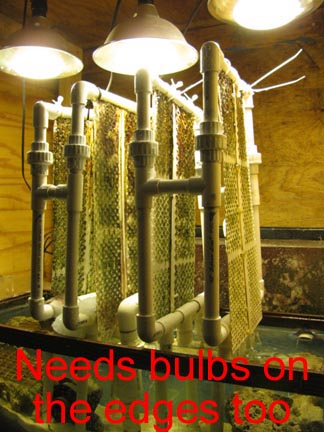
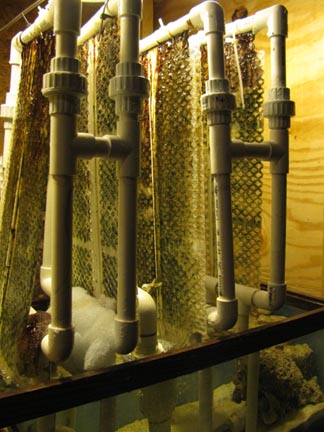
Madeley on the algae scrubber site:
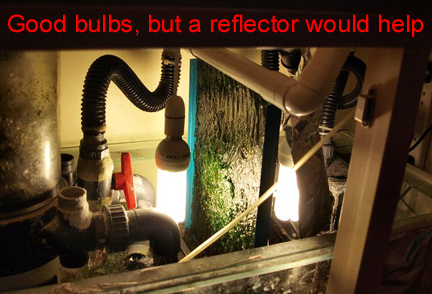 130
130 -
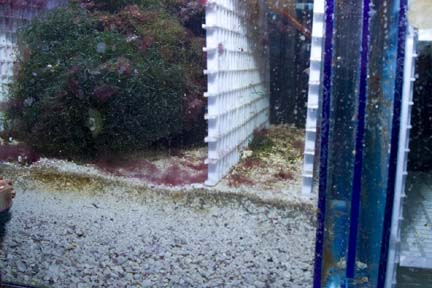
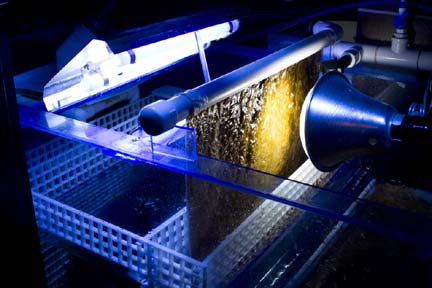
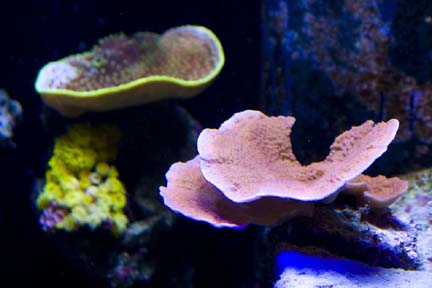
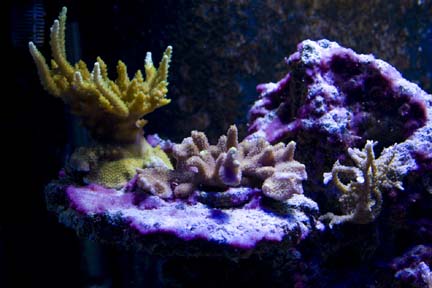
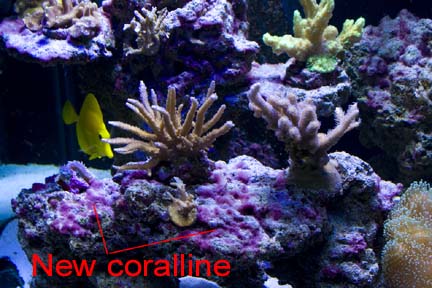
K+n_vts on the UR site:


UserKeithtty on the algae scrubber site:
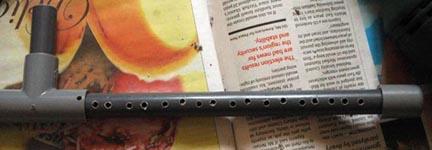
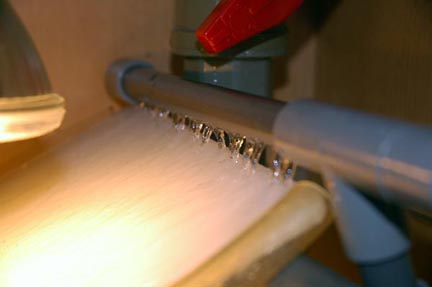
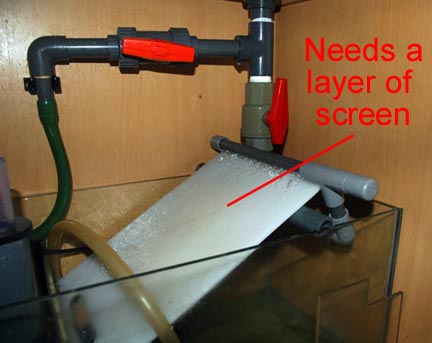 120
120 -
Ikarbary on the SARK site:
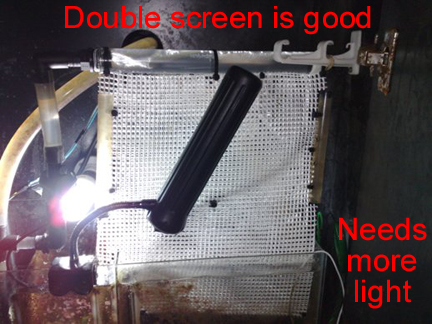
Jared on the RS site:
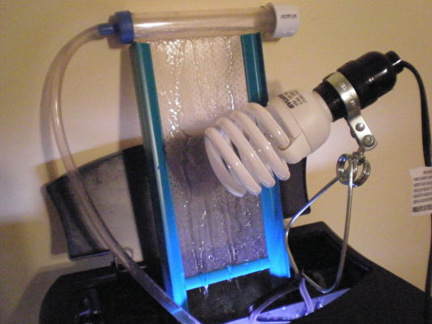
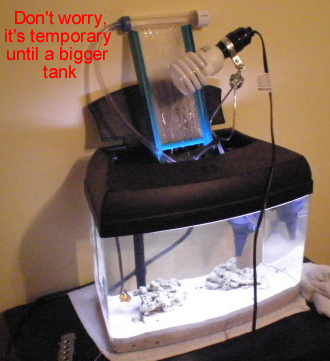
Jason on the spanish AR site:
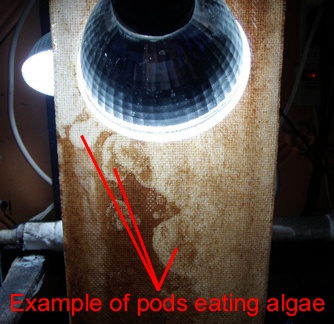
Joeyp on the RP site:
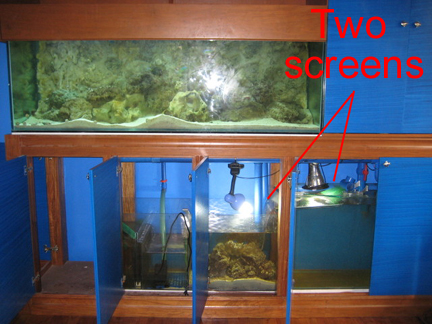
Johntanjm on the SG site:
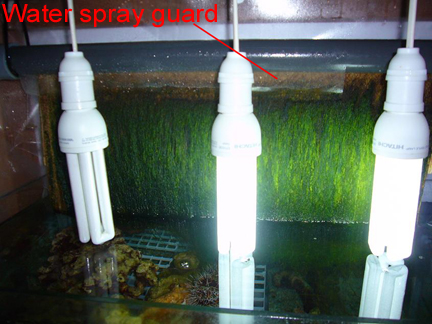
Jtremblay on the MD site:
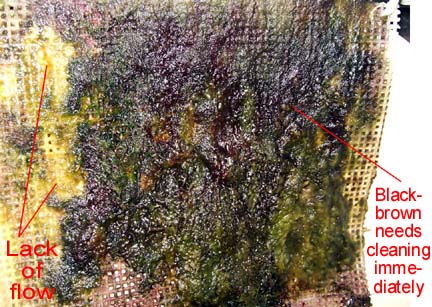
Juliovideo on the spanish AR site:
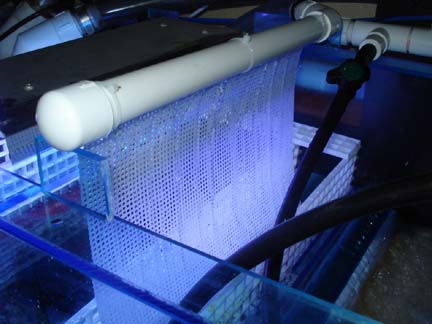
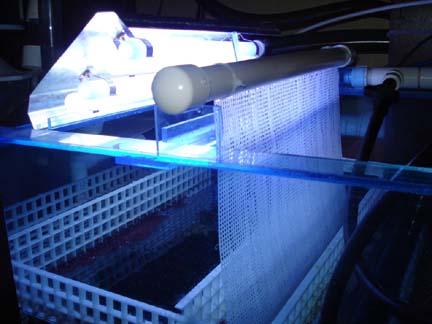
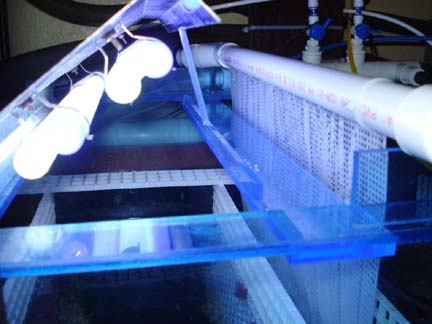 110
110 -
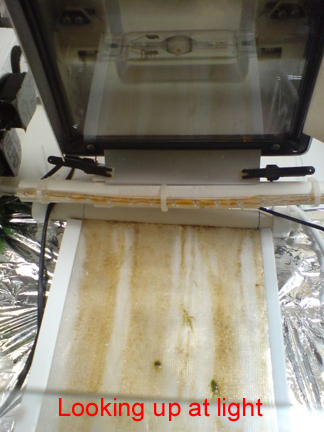
Iceman on the SG site:
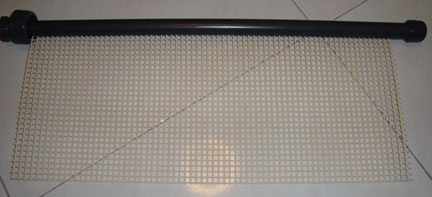
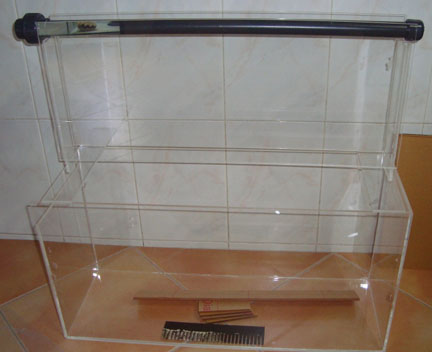
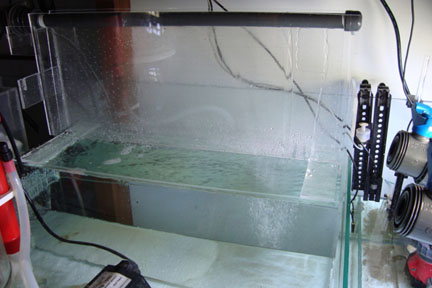
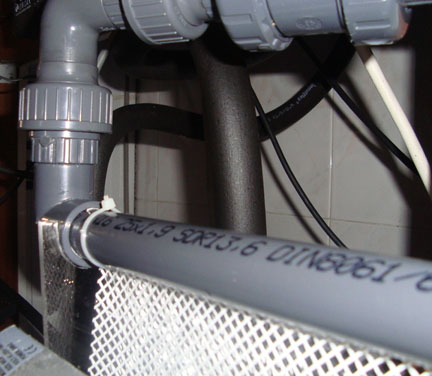
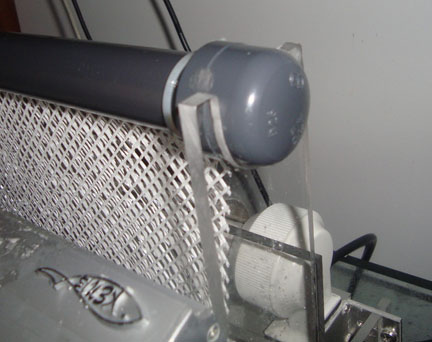
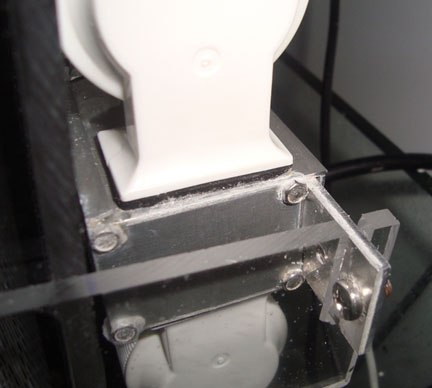
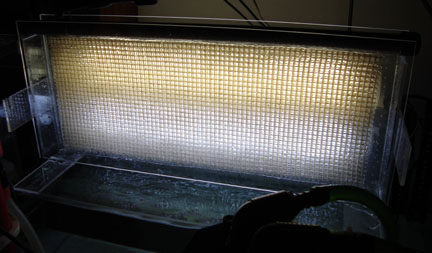
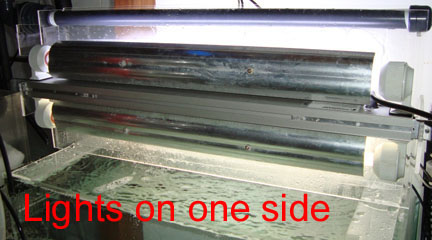
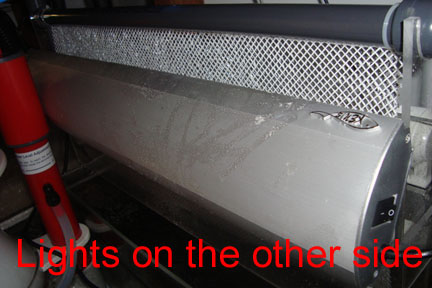 100
100 -
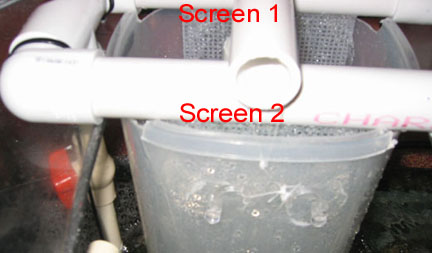
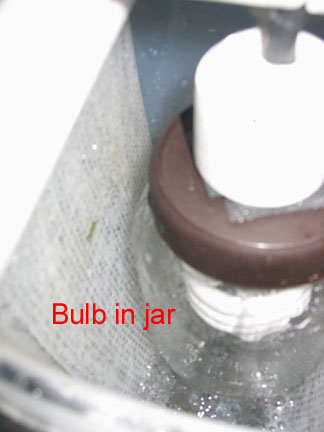
Gatorzone19 on the SWF site:
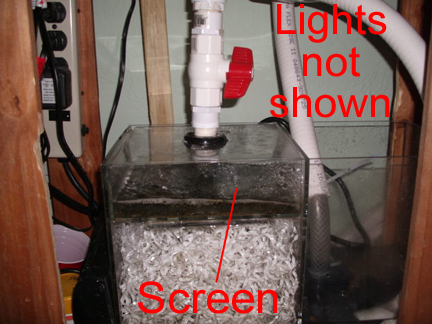
Gechav on the spanish AR site:
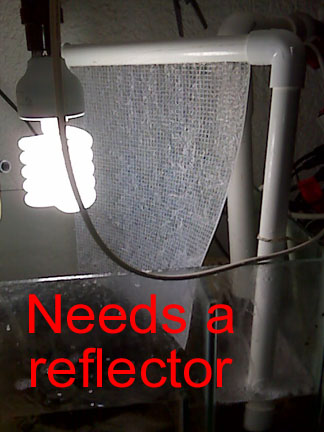
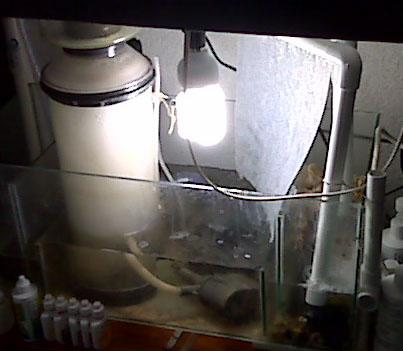
Glock339 on the UR site; This one is on the top of the display, and uses the display's MH:
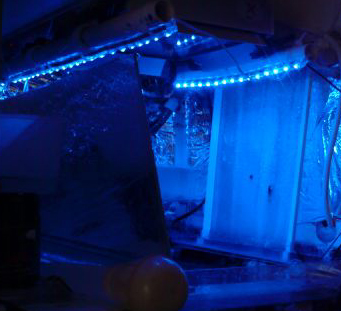
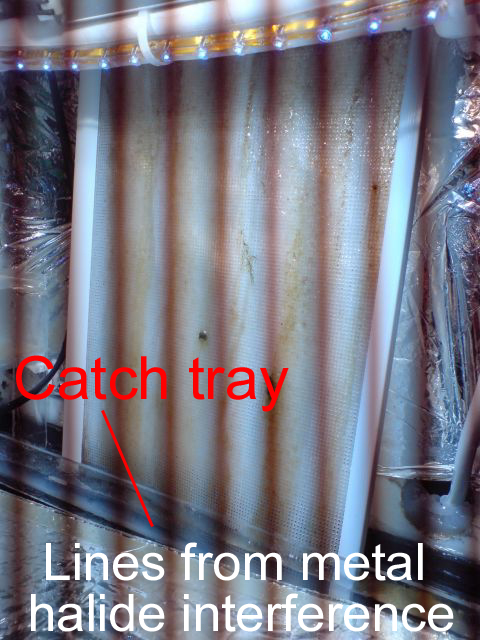
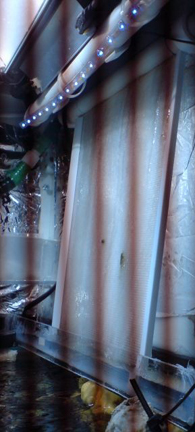
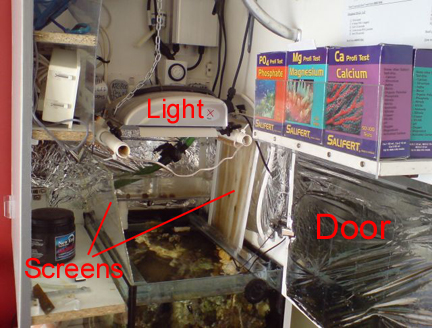
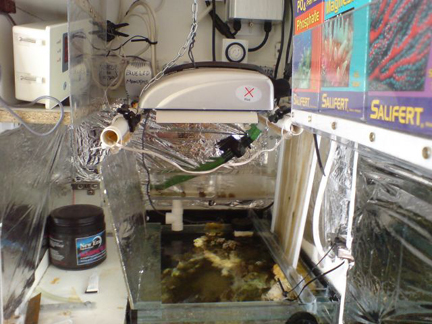 90
90 -
DrPepperSmith on the algae scrubber site; This is one of the non-nano horizontal designs that looks like it will work. Note that it is lifted above the water:
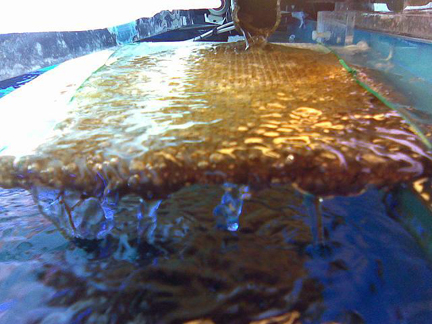
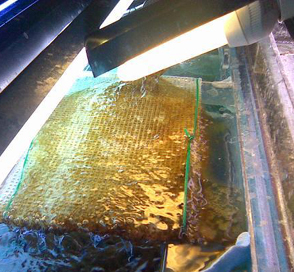
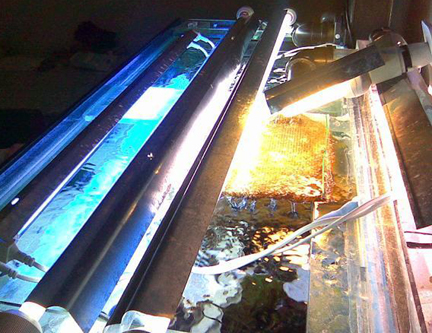
Emperador on the spanish AR site:
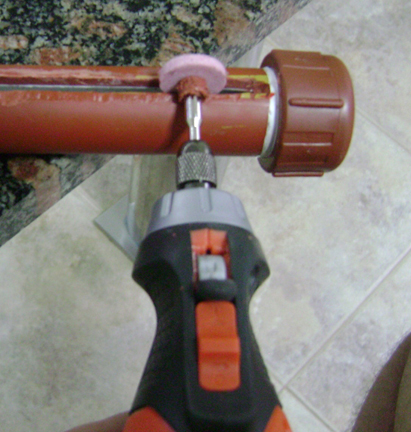

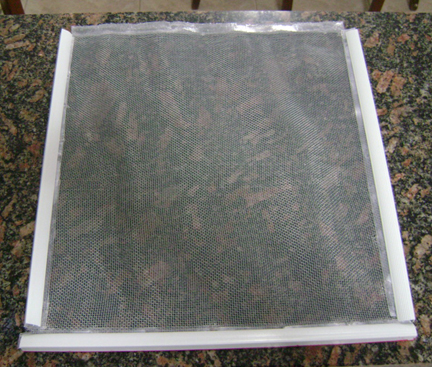
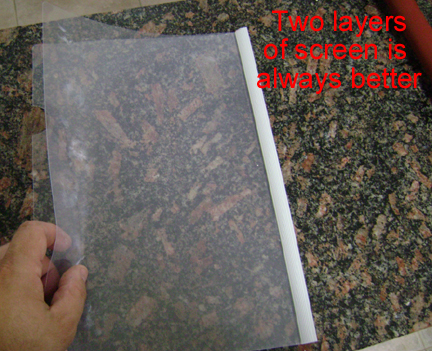
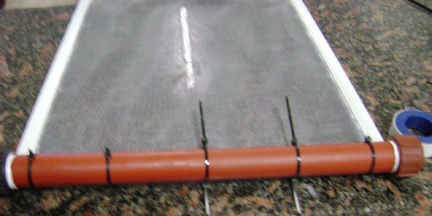
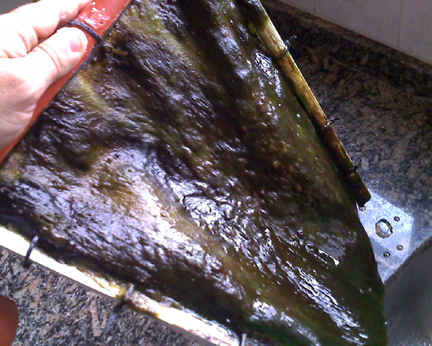
Enatiello on the RS site:
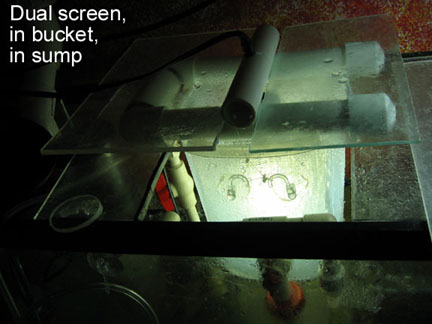 80
80 -
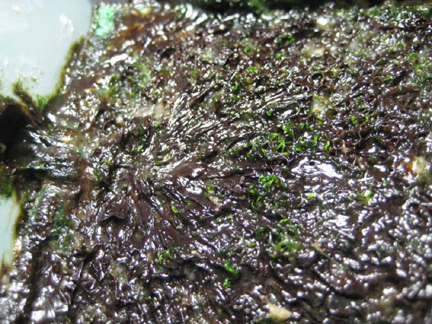
Dave3441 on the UR site:
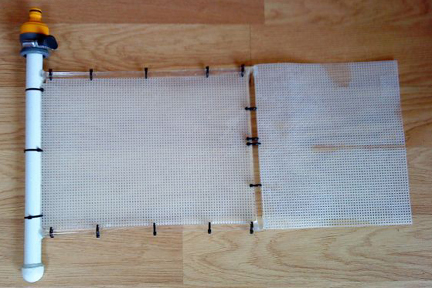
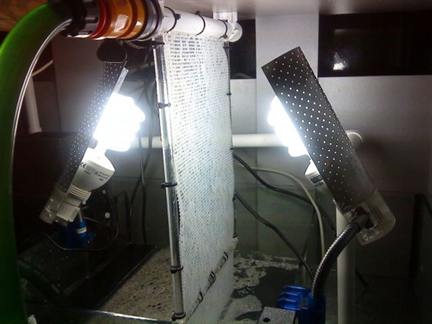
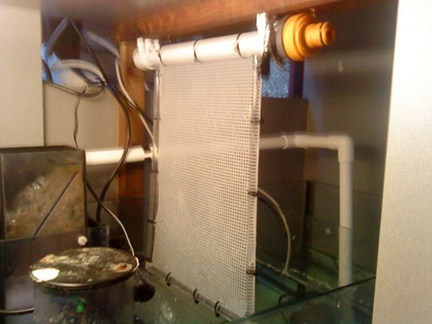
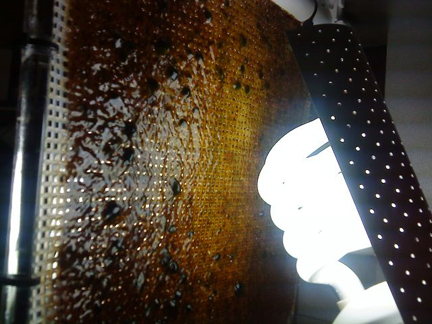
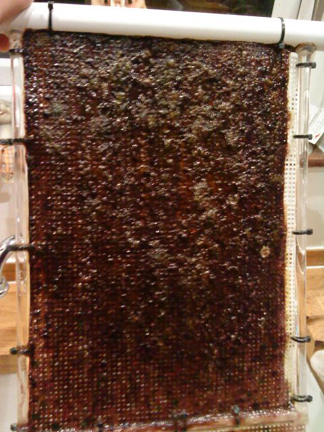
Dohn on the MASA site:
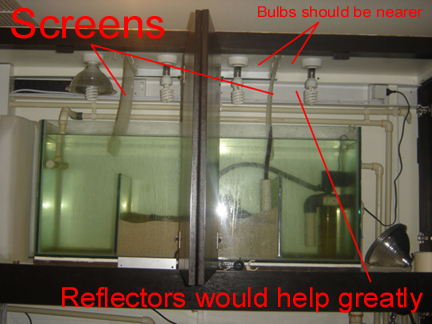
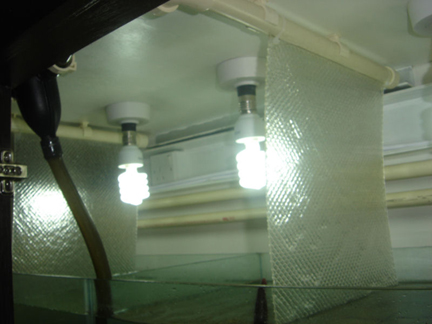
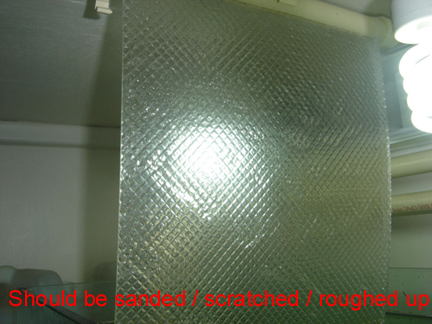
Drakken on the SWF site:
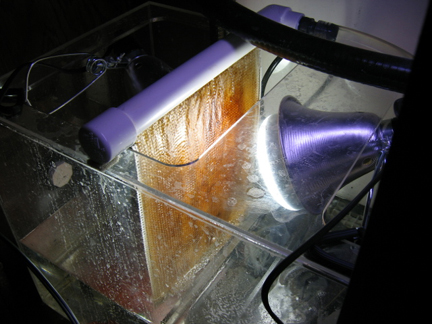 70
70 -
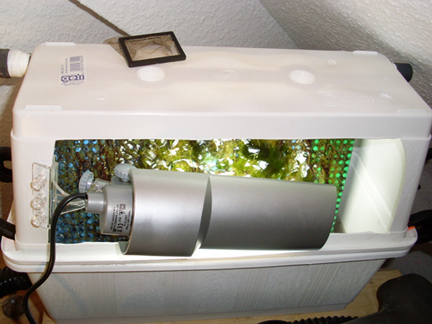
Chudly on the MD site:
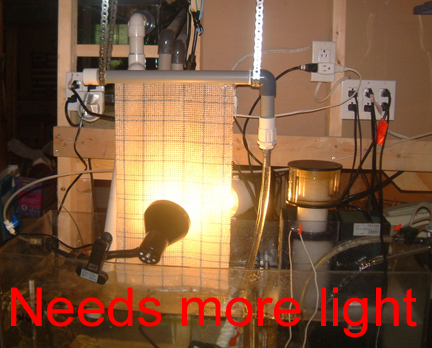
Cvermeulen on the MFK site:
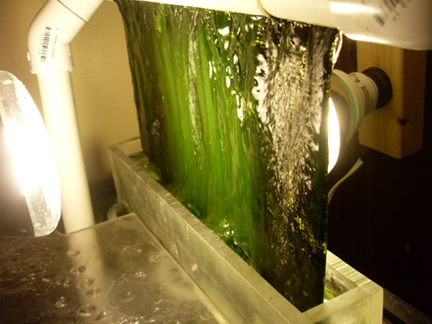
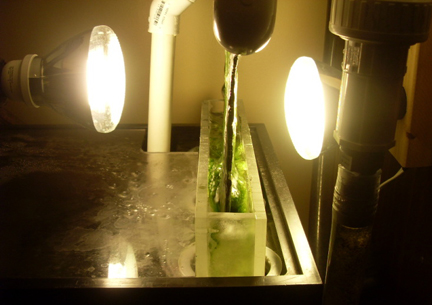
Cyberseer on the algae scrubber site:
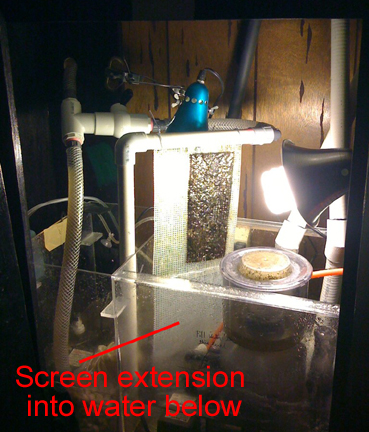
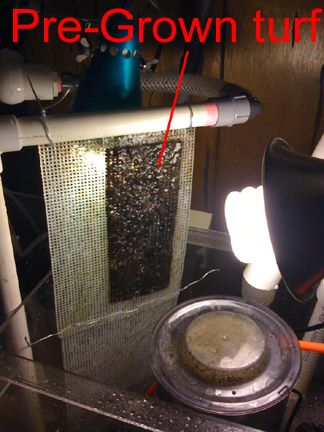
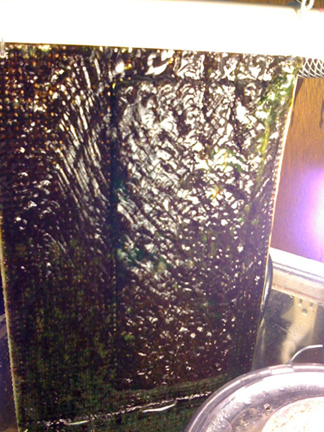
DangerDave on the MB site:
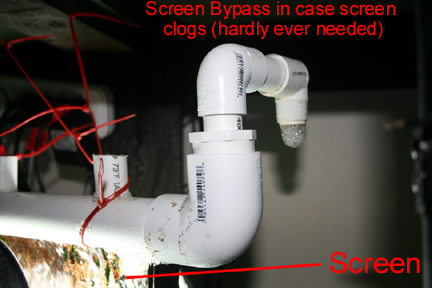
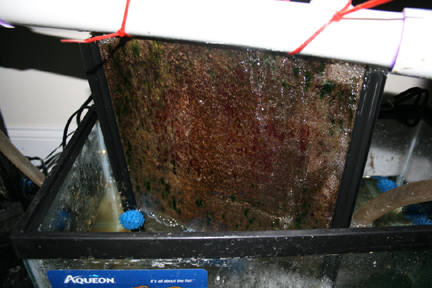
Darkblue on the RP site:
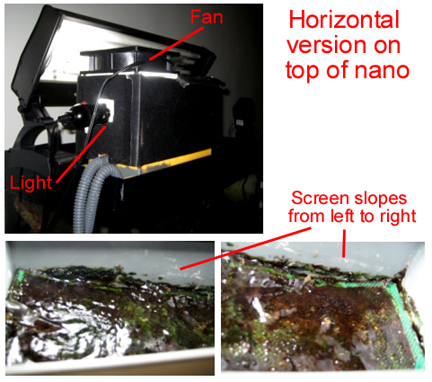 60
60 -
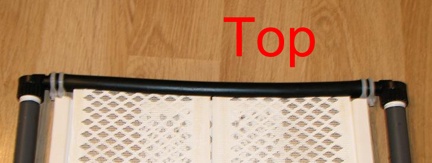
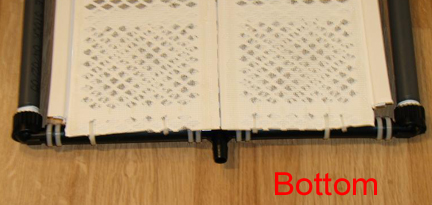
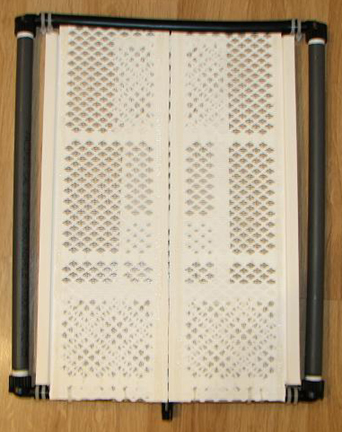
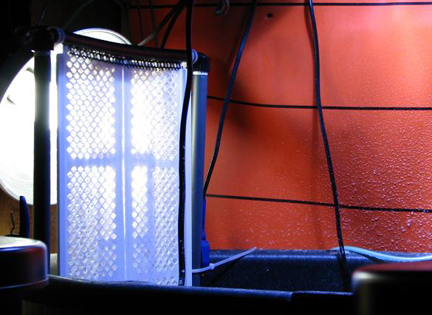
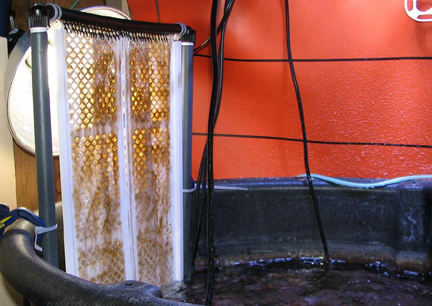
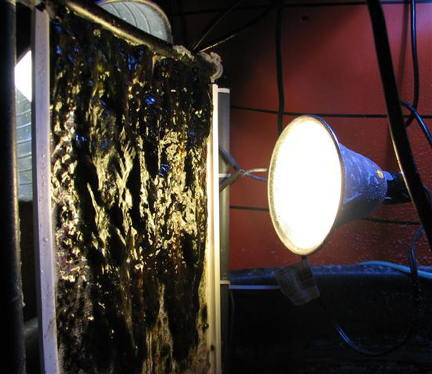
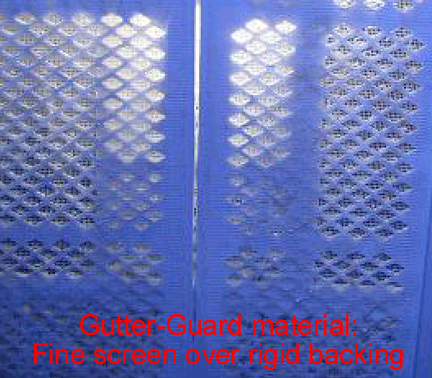
Christophe on the MD site:
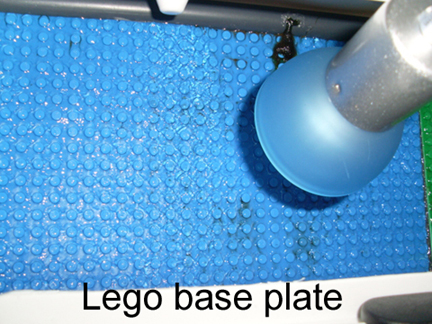
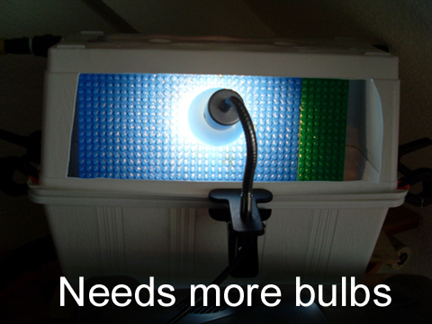
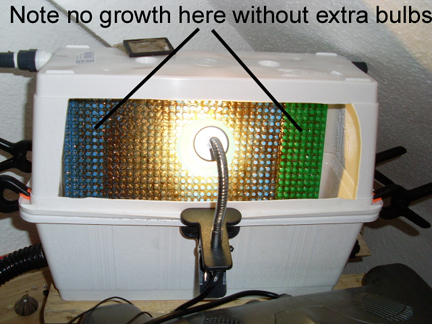 50
50


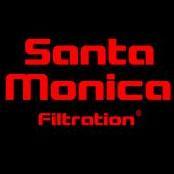
Mega Powerful Nitrate and Phosphate Remover - DIY!
in General Reefkeeping_
Posted
Update: Electrical Safety
Be sure to seal your bulbs and connections with aquarium-safe silicone or sealant, especially if the bulb is down inside the sump. You can't see it, but there will be tiny amounts of salt spray that will build up where you screw the bulb in, and also where you made electrical connections. When the buildup gets thick enough, it will short out and blow a fuse. So each time you replace a bulb, re-seal it. You should be able to pour water over it without it causing a problem.